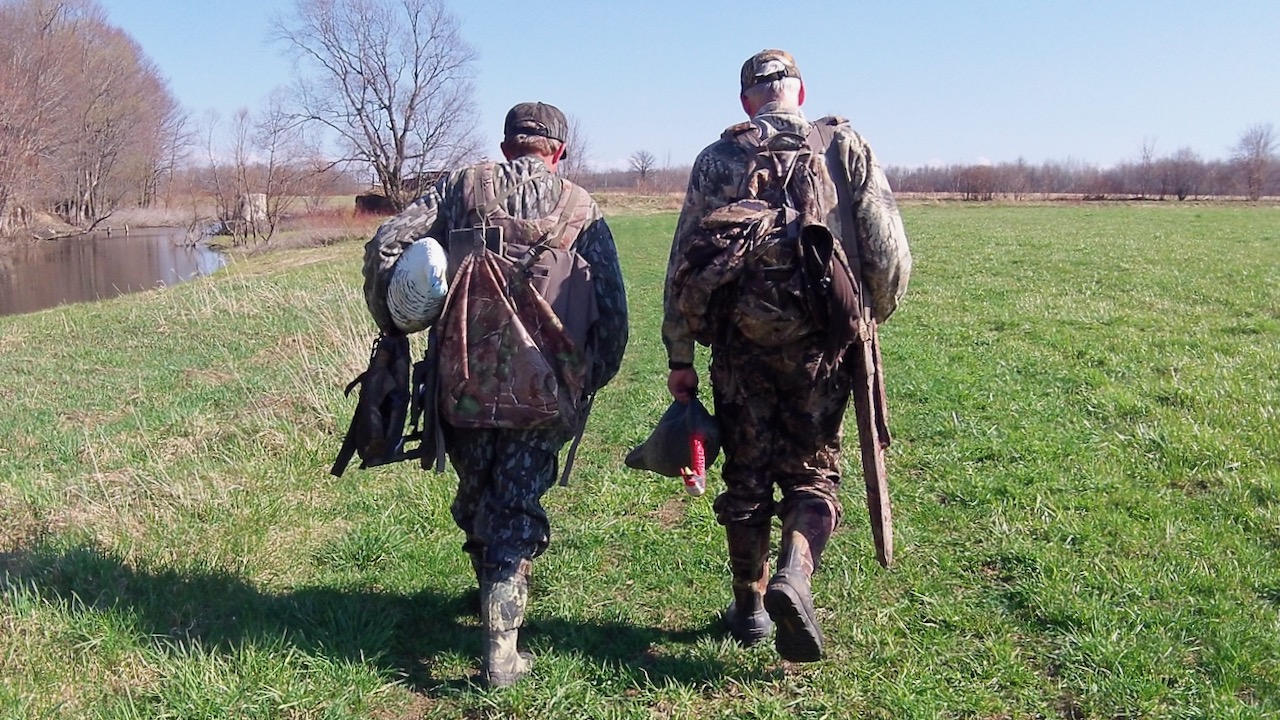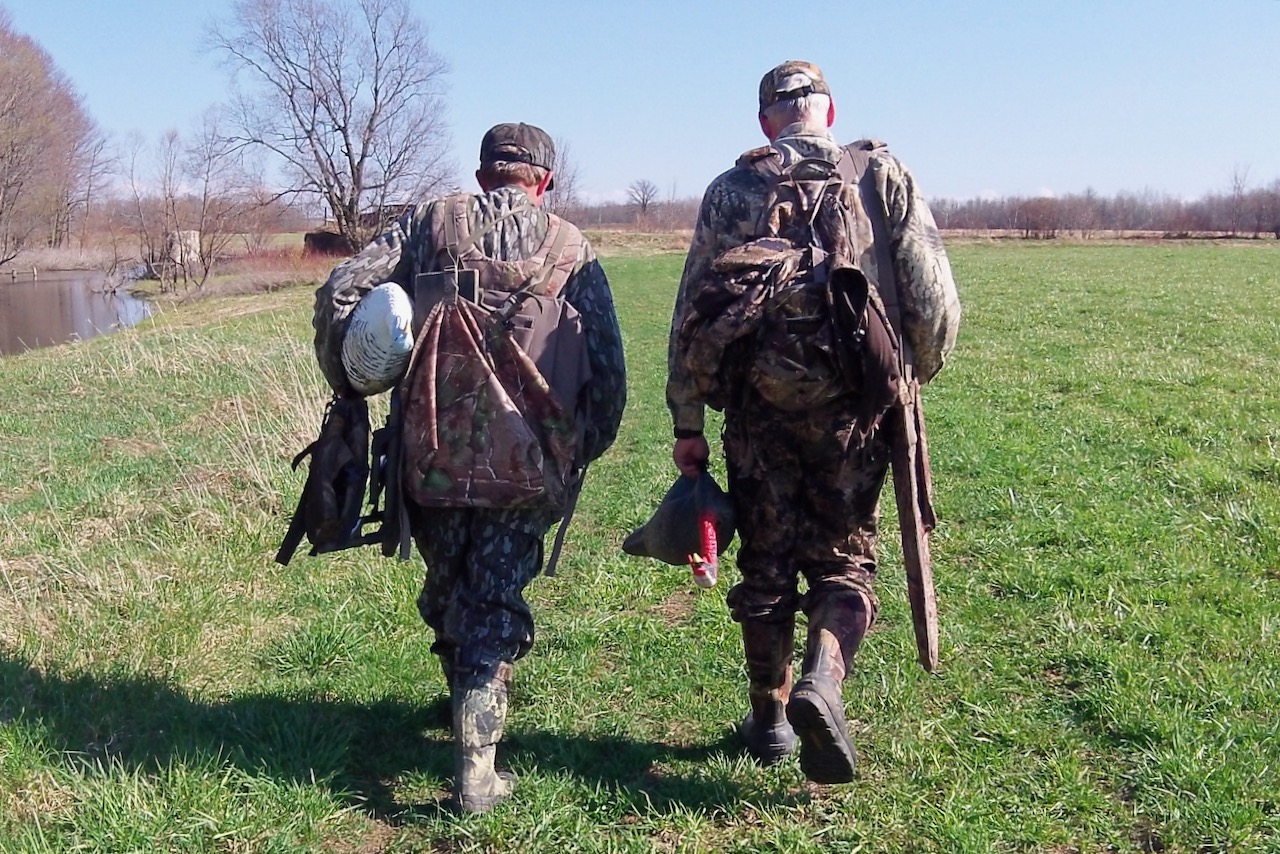QUALITY TIME
There’s more to outdoor success than notched tags and caught fish
Advertisement
During the first year I hunted big game, I shot a beautiful chocolate-phase black bear and a trophy antelope that took first place in my local fish and game club awards. I also took a mule deer with my bow, but best of all was the amazing day when I had a first-light limit of mallards and geese, popped a brace of pheasants midday and, that evening, collected my first white-tailed buck. Beginner’s luck? Maybe.
More than 40 years later, however, I’ve learned that while, to some degree, you make your own luck in the outdoors, there are times when events seem to conspire against you. And that’s exactly how last year went for me.
Advertisement
It began on my annual spring turkey hunt in Ontario. We’ve had pretty good luck over the years, but last May we saw very few birds, and those we did didn’t like what we were offering. On the only morning I had an opportunity, I snuck in to a field in the dark, set up my decoy and hunkered down behind some willows along a fenceline. Half an hour after first light, seven turkeys marched towards me—three hens and four toms, one with the longest bearded I’ve ever seen. Ultimately, they hung up and puttered around for five minutes, not wanting to close the last 20 metres to my decoy, then scurried away. So ended my turkey season.

On my way home, I stopped in Manitoba to fish with my oldest buddy. We’d rented a cabin near the Red River with plans to fly fish for the big pike we knew spawned in the shoreline cattails. On the second morning, we woke to find the water rising; by that evening, we had to wear waders to reach the cabin. At one point, we watched a fish swim across what, two days earlier, had been a dry road. With the river blown out, our pike program had come to an end.
September’s opening morning found my partner and me at duck camp, motoring around the lake scouting for sago pondweed, a preferred food of diving ducks. That day, we saw more bluebills than we’d ever seen before on an opener. Unfortunately, once those birds pulled out, we saw few other bills—or canvasbacks—for the rest of the season. Despite the early promise, we had our worst autumn in 30-plus years.
Advertisement
Later in September, a friend and I headed to our favourite spots to hunt for snipe. It had been a poor breeding season and, coupled with the dry summer and fall, there was no snipe habitat to be found. After three days, we packed it in. We did manage to collect a few Huns, but the snipe body count stood at a paltry one.
My whitetail season was also a bust. I shot a freezer doe on the first day at my camp, but spent most of season elsewhere trying to fill a hard-to-pull mule deer tag. I returned to my camp for the last two days with my son, but couldn’t find a reasonable white-tailed buck.
The entire year couldn’t have gone much worse. Yet still, I thoroughly enjoyed it all
As for that mulie tag? I hunted for three consecutive days on three consecutive weeks, turning down well over 100 bucks. I was holding out for a deer that would make the eight-year wait worthwhile, and eventually I found him. Following a serious of unfortunate events, however, I ended up shooting the wrong buck, which was smaller than the dozens I’d passed on earlier.
I was also fortunate enough to draw a December cow elk tag for southern Alberta, where it’s usually a pretty sure thing. But with two deer already in the freezer, ugly weather, poor elk reports and too much work on my desk, I ended up not going. At least I had meat in the freezer in my son’s garage—that is until someone unintentionally pulled the plug while he was away. We lost my two deer, his whitetail, some pheasants and a bunch of ducks and geese.
By all accounts, the entire year couldn’t have gone much worse. Yet still, I thoroughly enjoyed it all, being able to spend quality time with great friends and family in the outdoors. Such is the nature of hunting and fishing. And why we love it so much.

